18 Irresistible Greek Desserts That Taste Like Paradise
Greek desserts are a tantalizing journey through Mediterranean culinary magic, where sweetness tells stories of tradition and passion.
Each delicacy embodies generations of familial love and cultural heritage, weaving delightful narratives on delicate plates.
Regional ingredients dance together, creating symphonies of flavor that capture Greece's rich gastronomic landscape.
Generations have perfected these remarkable confections, transforming simple components into extraordinary sensory experiences that transcend mere sustenance.
Ancient techniques merge with contemporary creativity, producing treats that are simultaneously nostalgic and innovative.
Subtle nuances of honey, nuts, and fragrant spices intertwine, revealing complex layers of taste and texture.
Regional variations showcase distinct characteristics, reflecting local landscapes and cultural influences that make each dessert unique.
Discover these 18 authentic Greek desserts that will transport you to sun-drenched Mediterranean shores:
Portokalopita Greek Orange Phyllo Cake
Portokalopita is a mouthwatering Greek orange phyllo cake that combines crispy phyllo layers with zesty orange flavors in a unique dessert experience.
Crumbled phyllo sheets soak in a sweet citrus syrup, creating a surprisingly moist and light texture that melts in your mouth.
Greek bakers craft this cake by blending orange zest, yogurt, and fragrant cinnamon into a rich batter that perfectly complements the crispy phyllo pieces.
Oranges from Mediterranean groves give the cake its signature bright and tangy profile, making each bite burst with refreshing citrus notes.
Home cooks love how easy this recipe is to prepare, requiring minimal technical skills and basic ingredients found in most kitchens.
Simple syrup poured over the warm cake ensures a deliciously moist and sweet finish that will impress family and friends.
Kourabiedes: Greek Butter Cookies
Kourabiedes are traditional Greek butter cookies crumbling with delicate almond richness and generously coated in powdered sugar like fresh snowfall.
Originating from Mediterranean kitchens, these melt-in-your-mouth delicacies represent festive celebrations in Greece, especially during Christmas and weddings.
Bakers carefully blend butter, flour, and ground almonds into a delicate dough that transforms into crescent-shaped or round cookies with precise handling.
Classic recipes feature pure butter from sheep or goat milk, creating an authentic flavor profile cherished across Greek households.
Powdered sugar coating adds a sweet elegance, completely enveloping each cookie in a pristine white layer.
Greek families pass down these recipes through generations, ensuring cultural culinary traditions continue to delight sweet-toothed individuals worldwide.
Galaktoboureko: Greek Custard Pie
Galaktoboureko is a legendary Greek dessert showcasing a luxurious custard encased in crispy phyllo pastry, celebrated for its irresistible balance of creamy texture and buttery crunch.
Skillful bakers carefully layer thin phyllo sheets, brushing each with melted butter to create a golden, flaky exterior that crackles with every bite.
Sweet semolina custard infused with delicate citrus notes fills the center, providing a rich and smooth counterpoint to the pastry's crisp layers.
Traditional recipes passed through generations highlight the dessert's Greek culinary heritage, often served during family gatherings and religious festivals.
Generous amounts of butter guarantee a decadent mouthfeel that melts on your tongue, creating an unforgettable sensory experience.
Tiropita: Savory Greek Cheese Pie
Tiropita are traditional Greek cheese pastries bursting with creamy feta and ricotta wrapped in delicate, crispy phyllo layers that showcase Mediterranean culinary artistry.
Greek bakers craft these handheld pies by carefully layering buttery phyllo sheets with a rich cheese mixture, creating a golden-brown exterior that shatters delicately when bitten.
Homemade versions allow cooks to experiment with cheese blends, adding personal touches like herbs or specialty cheeses to customize the flavor profile.
Mediterranean kitchens typically use a combination of feta and ricotta for authentic taste, though some regions incorporate cottage cheese or kefalograviera for unique variations.
Professional and home bakers alike appreciate tiropita's versatility as a breakfast pastry, appetizer, or quick snack that satisfies hunger with minimal preparation.
Loukoumades: Greek Honey And Walnut Balls
Loukoumades are golden-brown Greek doughnuts that combine crispy exterior with pillowy interiors, creating an irresistible dessert perfected through centuries of culinary tradition.
Mediterranean kitchens celebrate these deep-fried pastry balls by generously drizzling them with local honey and sprinkling crushed walnuts on top.
Skilled Greek bakers carefully craft each sphere from simple flour, yeast, water, and salt, ensuring a light and airy texture.
Honey transforms these small treats into a decadent experience, providing a luxurious sweetness that complements the nutty crunch.
Walnuts add depth and complexity, creating a balanced flavor profile that appeals to both sweet and savory palates.
Ancient Greeks originally served these delightful morsels during religious festivals, making loukoumades a cherished cultural delicacy still enjoyed today.
Syrup Soaked Semolina Cake
Revani is a legendary Greek dessert showcasing semolina's magical ability to create a luxurious, honey-soaked cake with incredible texture.
Mediterranean bakers have perfected this centuries-old recipe by combining semolina flour, butter, and eggs into a dense, irresistible treat.
Sweet syrup generously poured over the warm cake transforms its crumbly surface into a moist, glossy masterpiece that melts in your mouth.
Lemon or orange zest adds a bright citrus note that cuts through the cake's richness, creating a balanced flavor profile.
Traditionally served at family gatherings and celebrations, revani represents warmth and hospitality in Greek cuisine.
Cool yogurt or crème fraiche makes an excellent accompaniment, offering a tangy contrast to the cake's intense sweetness.
Greek Halva
Greek halva represents a Mediterranean semolina dessert celebrated for its dense, crumbly texture and simple yet elegant preparation method.
Greek bakers create this traditional sweet by carefully toasting semolina flour in olive oil until golden brown, then mixing it with a fragrant sugar syrup infused with cinnamon and cloves.
Nuts like almonds or walnuts frequently provide extra crunch and depth to the dessert.
Home cooks typically prepare the syrup separately, ensuring a smooth consistency before combining it with the toasted semolina.
Greeks often serve halva at room temperature as a comforting end to meals or during religious celebrations like Great Lent.
Coffee lovers appreciate how this dessert pairs wonderfully with strong, bold Greek coffee, creating a harmonious balance of flavors.
Kormos: Easy, No Bake Chocolate Log
Kormos represents a Greek chocolate log dessert blending rich chocolate and coffee biscuits into an irresistible no-bake treat.
Sweet cocoa powder and butter create a smooth, luxurious base that envelops crisp biscuit pieces with delightful texture.
Greek home bakers traditionally prepare this simple dessert by mixing crushed cookies with melted chocolate and butter.
Chilling helps the mixture solidify into a log-like shape ready for slicing.
Powdered sugar dusts the exterior, adding a classic finishing touch to this beloved Mediterranean confection.
Home cooks appreciate kormos for its minimal ingredients and straightforward preparation method.
Pasteli: Honey Sesame Wafers
Pasteli are Greek honey sesame wafers originating from ancient Mediterranean cuisine, packed with simple, nutritious ingredients that create a naturally sweet energy bar.
Honey binds toasted sesame seeds into a crisp, golden treat that merges traditional Greek flavors with healthy snacking.
Sesame seeds provide rich protein and minerals while honey adds natural sweetness without processed sugars.
Greeks historically prepared these bars as portable nutrition for travelers and athletes seeking quick, sustaining energy.
Ancient olympians and soldiers relied on pasteli as a compact, powerful fuel source during long journeys or competitions.
Professional bakers carefully caramelize honey and carefully toast sesame seeds to create a crunchy, nutty delicacy that connects modern snackers with centuries of Mediterranean culinary tradition.
Greek Spoon Sweets
Spoon sweets are delightful Greek preserves bursting with concentrated fruit flavors and rich cultural heritage.
Families across Greece carefully prepare these treats using fresh local fruits like cherries, grapes, and citrus, slowly simmering them in sugar syrup until they reach a glossy, translucent consistency.
Each preserve captures the essence of seasonal produce, transforming simple ingredients into elegant desserts that showcase traditional culinary methods.
Greeks typically serve these sweets on small crystal plates with a glass of cold water, welcoming guests with hospitality and warmth.
Recipes often pass through generations, maintaining authentic techniques that highlight the natural sweetness of ripe fruits.
Guests savor these delicate treats as a symbol of Greek generosity and connection to agricultural roots.
Amygdalota: Greek Almond Cookies
Amygdalota are iconic Greek almond cookies bursting with Mediterranean charm and nutty simplicity.
Originating from Greece, these delicate cookies combine minimal ingredients like almond flour, sugar, orange zest, salt, and egg whites into a delightful treat.
Professional and home bakers appreciate their elegant crumbly texture and mild sweetness.
Sliced almonds generously scattered across the surface provide delightful crunch and visual appeal.
Greeks traditionally serve these cookies during celebrations and holidays, making them a cherished cultural staple.
Perfectly paired with coffee or tea, amygdalota offer a light, satisfying dessert that transports you to sunny Greek islands with each delectable bite.
Milopita: Greek Apple Upside Down Cake
Milopita is a classic Greek apple upside-down cake that captures the essence of home-baked comfort with its caramelized apple topping and tender, moist crumb.
Originating from traditional Greek kitchens, this dessert combines fresh apples, cinnamon, and a buttery cake base that creates a perfect balance of sweetness and warmth.
Grandmothers across Greece have perfected this recipe, passing down techniques that transform simple ingredients into a memorable treat.
Home bakers love how easily the cake comes together, requiring basic pantry staples like flour, eggs, and sugar.
Warm spices like cinnamon and nutmeg infuse the cake with rich, aromatic flavors that remind you of autumn afternoons.
When flipped onto a serving plate, the golden-brown caramelized apples create a stunning visual presentation that tastes even better than it looks.
Sugar Doughnuts
Loukoumades are classic Greek doughnuts that deliver pure culinary bliss through golden-brown, crispy spheres of yeasted dough deep-fried until perfectly puffy and generously coated in honey or sugar syrup.
Greek grandmothers traditionally prepare these bite-sized treats as festive street food, creating irresistible morsels that crackle with a delicate exterior and melt instantly in your mouth.
Honey drizzles create a glistening surface while optional toppings like cinnamon, chopped nuts, or chocolate sauce enhance their already remarkable flavor profile.
Ancient Greeks once served these treats to Olympic winners as celebratory rewards, highlighting their cultural significance beyond mere dessert.
Yeast and warm water form the foundational mixture, with flour, salt, and sugar completing the simple yet magical ingredient list.
Bougatsa: Breakfast Pastry
Bougatsa is a legendary Greek breakfast pastry celebrated for its irresistible creamy custard filling encased in paper-thin, buttery phyllo layers that crumble delicately when you bite into them.
Originating in northern Greece, particularly Thessaloniki, this beloved morning treat captures the essence of traditional Greek baking with its simple yet sublime ingredients.
Skilled bakers carefully craft each pastry by stretching delicate phyllo dough and filling it with smooth semolina-based custard that melts in your mouth.
Local bakeries across Greece serve fresh bougatsa daily, often dusted with powdered sugar and cinnamon to enhance its rich flavor profile.
Street vendors and home cooks alike take pride in perfecting this classic breakfast delicacy that has been enjoyed for generations.
Melomakarona: Greek Honey Christmas Cookies
Melomakarona are traditional Greek honey-soaked Christmas cookies celebrated for their rich, aromatic flavor profile and irresistible texture.
Originating from Greece, these oval-shaped delicacies combine olive oil, flour, and warm spices like cinnamon and cloves to create a deeply satisfying treat.
Honey syrup generously drenches the freshly baked cookies, infusing them with sweetness and a glossy finish.
Crushed walnuts sprinkled on top provide a delightful crunch and nutty contrast to the soft, tender cookie base.
Families across Greece prepare these cookies during holiday seasons as a cherished culinary tradition passed through generations.
Greek grandmothers often share secret techniques for achieving the perfect balance of spices and ensuring the cookies absorb just the right amount of honey syrup.
Tiropita Rolls
Tiropita rolls are savory Greek pastries filled with crumbled feta cheese wrapped in delicate phyllo dough, offering a crispy exterior and creamy interior that melts in your mouth.
Originating from Greece, these bite-sized delicacies showcase the country's rich culinary tradition of combining simple ingredients into extraordinary appetizers.
Skilled bakers carefully layer thin phyllo sheets brushed with olive oil or melted butter, creating a flaky texture that contrasts beautifully with the tangy cheese filling.
Feta cheese provides a sharp, salty flavor that defines the roll's character, while fresh herbs like dill or parsley can add subtle complexity.
Home cooks often prepare these rolls as quick party snacks or breakfast treats, appreciating their ease of preparation and impressive presentation.
Mediterranean cuisine enthusiasts love tiropita rolls for their versatility and ability to transport you to a Greek kitchen with just one bite.
Rizogalo: Greek Rice Pudding
Rizogalo is a classic Greek rice pudding beloved for its creamy simplicity and comforting warmth.
Generations of Greek families have cherished this dessert as a traditional sweet treat made with simple ingredients like milk, rice, sugar, and vanilla.
Cinnamon often crowns the pudding, adding a fragrant touch that elevates the entire dish.
Home cooks throughout Greece prepare this dessert with patience, slowly stirring rice and milk until it reaches a luxurious, smooth consistency.
Grandmothers typically pass down their special techniques, ensuring each batch captures authentic Mediterranean flavors.
Served chilled or warm, rizogalo remains a beloved comfort food that connects people through generations of culinary tradition.
Amygthalota: Almond Sweets
Amygthalota are traditional Greek almond cookies beloved for their rich, nutty flavor and delicate crumbly texture.
Greek bakers craft these simple confections using ground almonds, sugar, and egg whites, creating a melt-in-your-mouth treat that showcases the country's passion for almonds.
Natives often serve these cookies during holiday celebrations and family gatherings, where they symbolize warmth and hospitality.
Mediterranean culinary traditions inspire this sweet's elegant simplicity, highlighting the pure, natural sweetness of almonds.
Home cooks appreciate the minimal ingredients and straightforward preparation method that yields impressive results.
Greeks consider Amygthalota a cherished cultural delicacy that connects generations through a shared love of genuine, uncomplicated desserts.



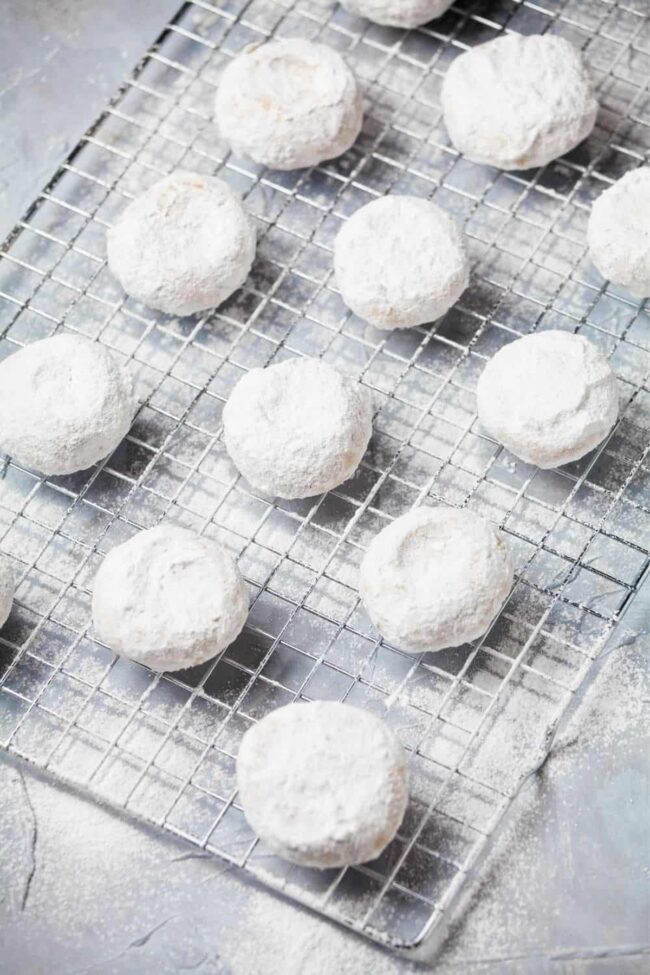
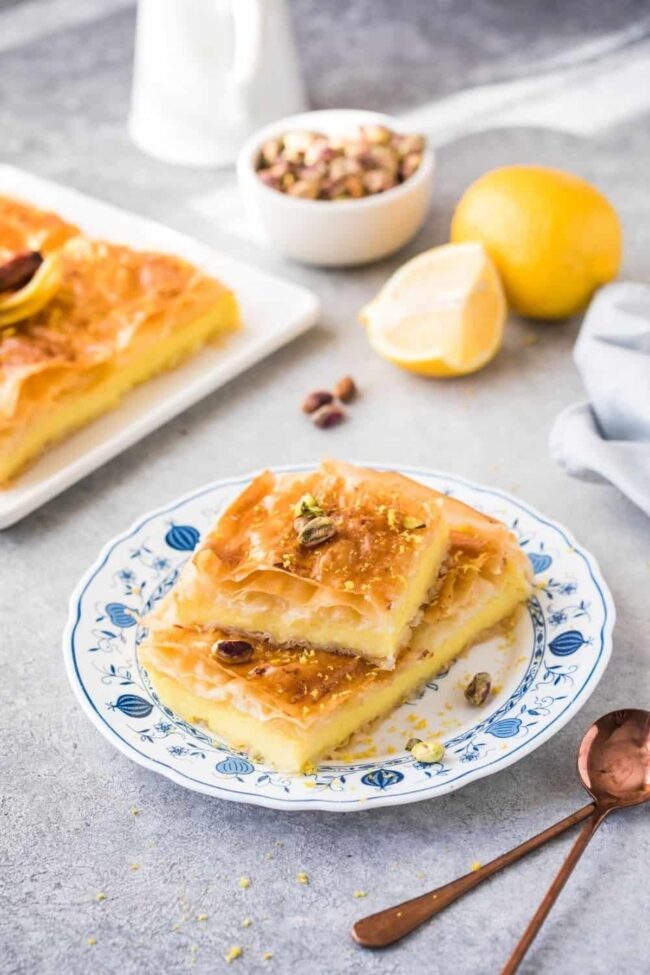
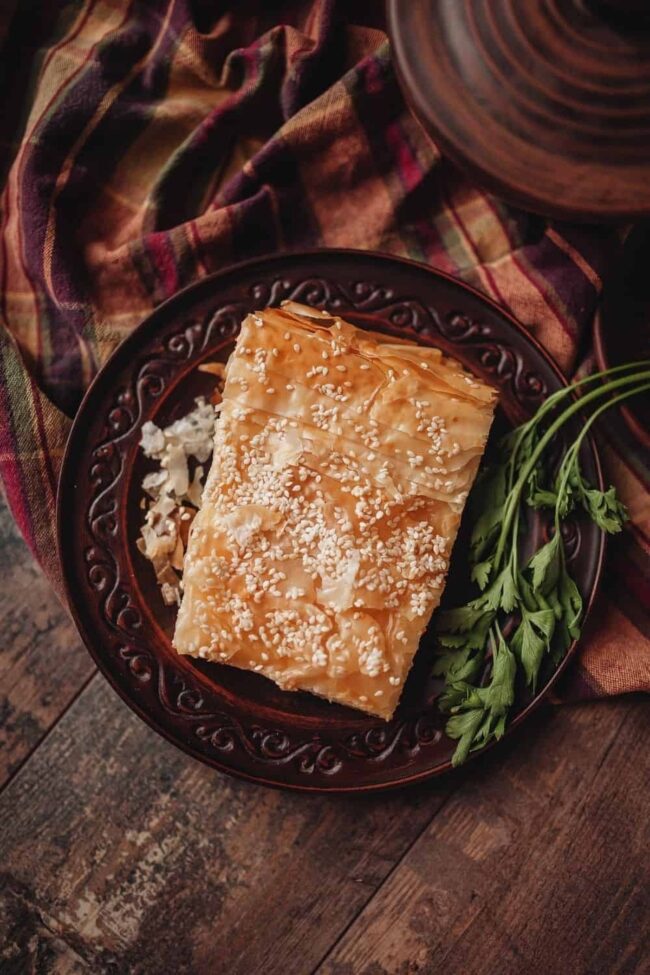
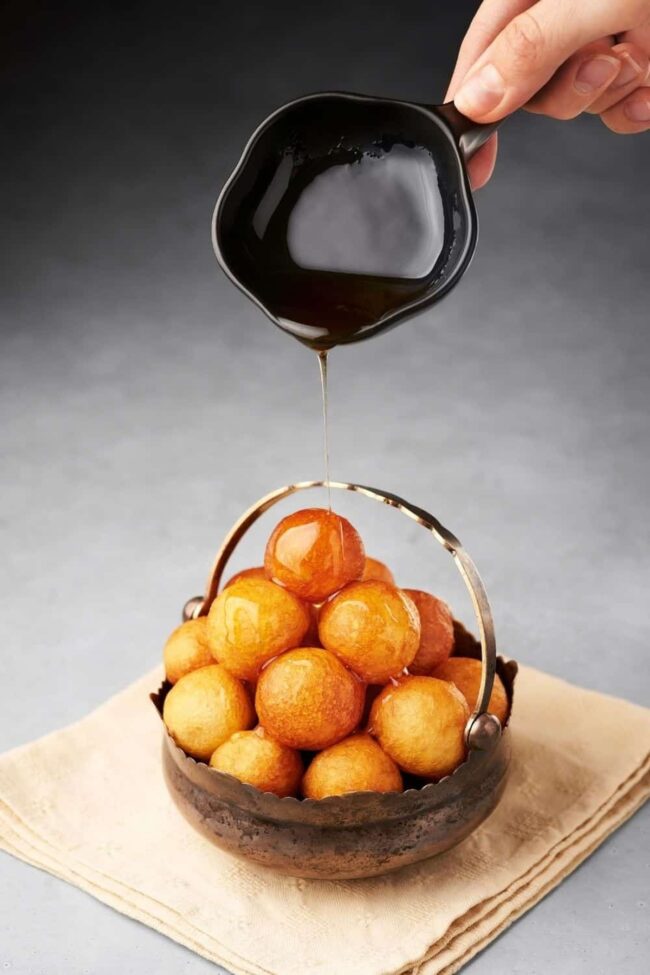
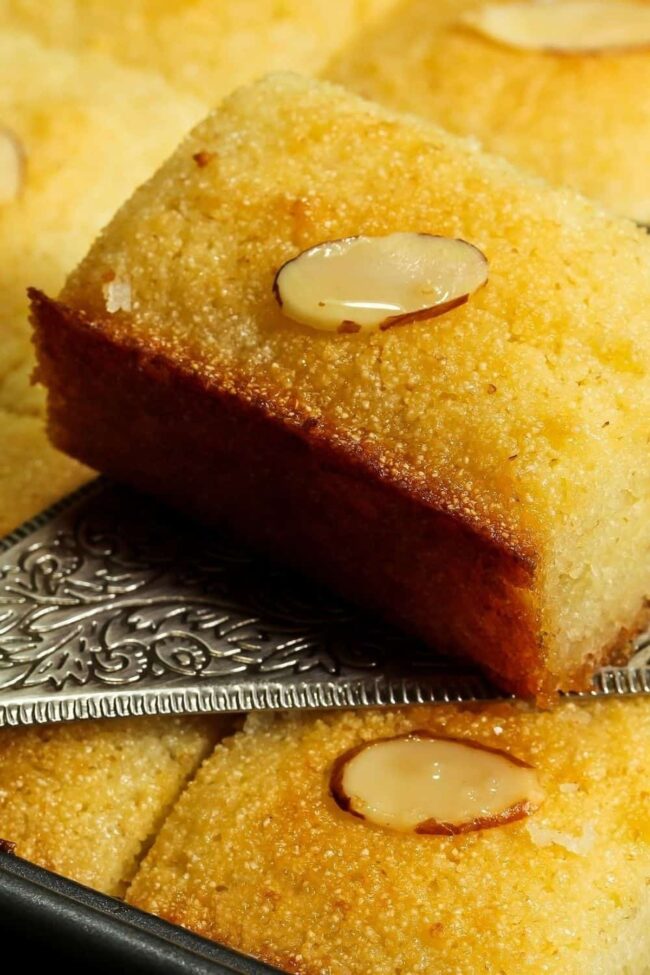

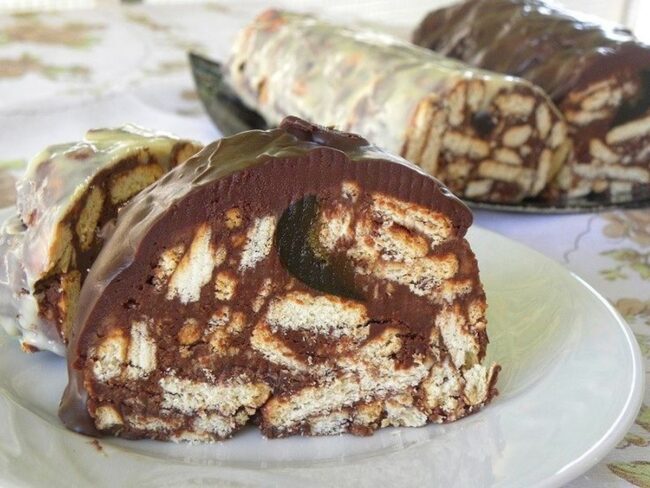
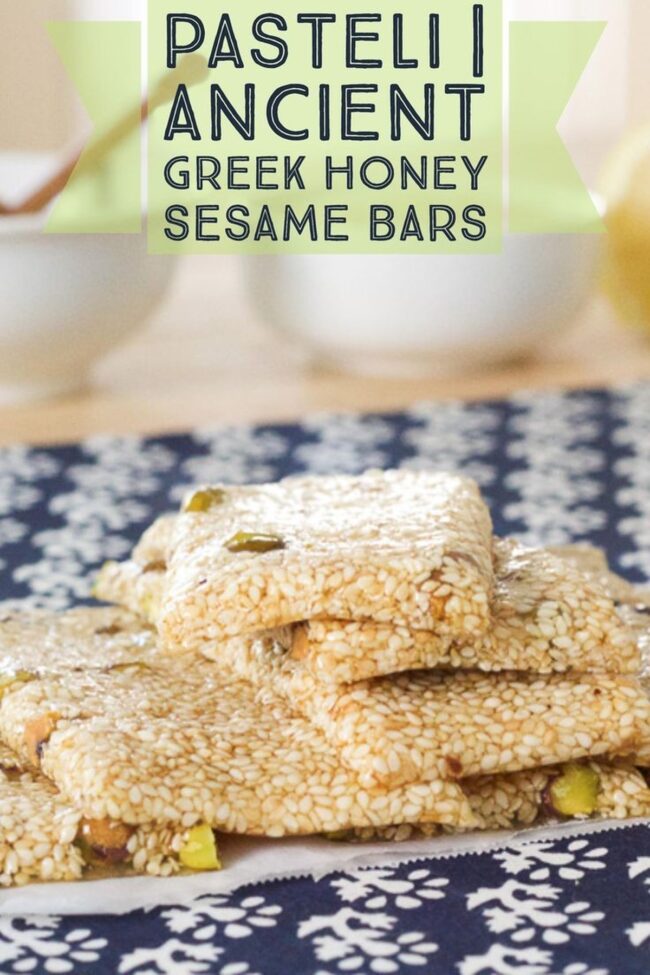

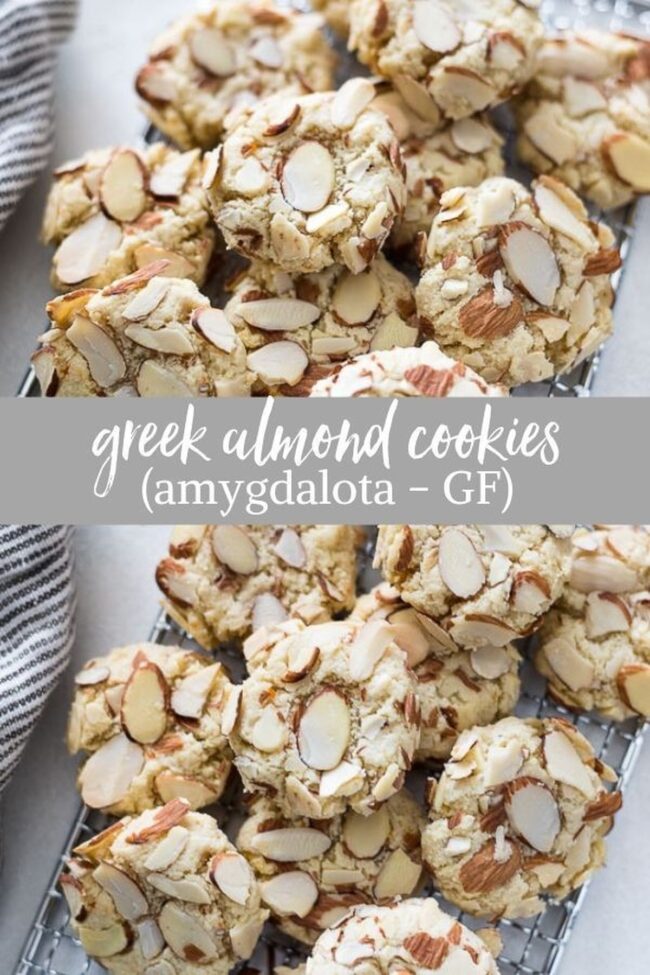
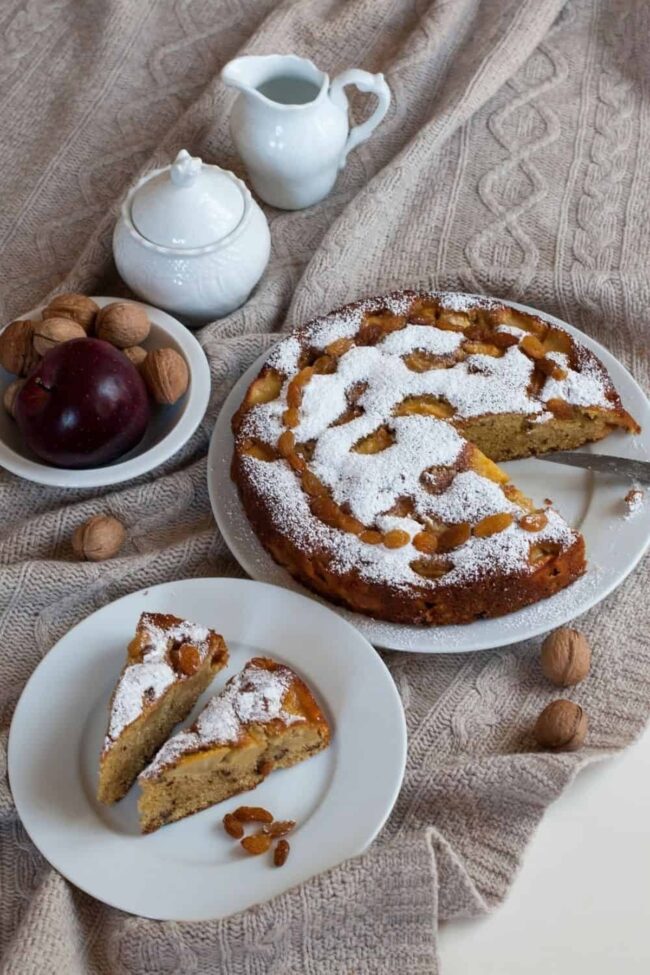




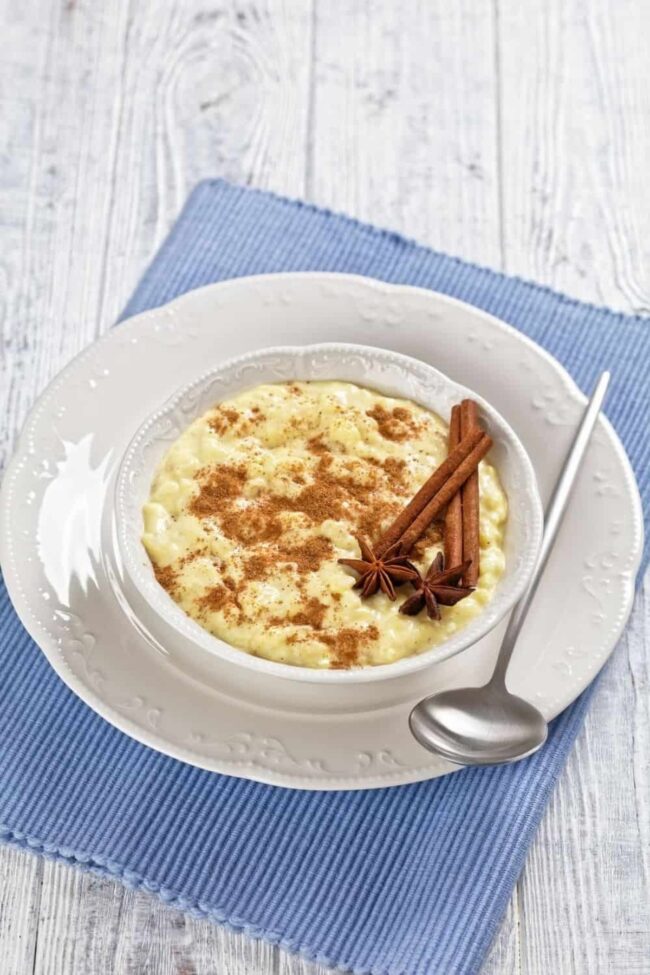
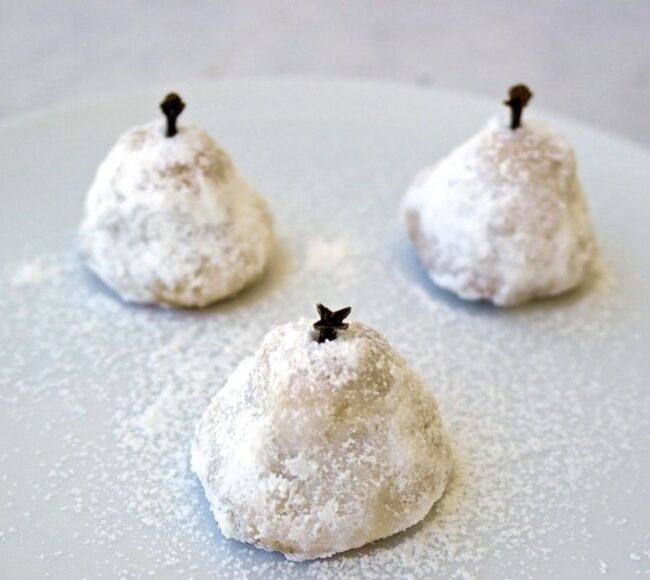
Expertise
Education